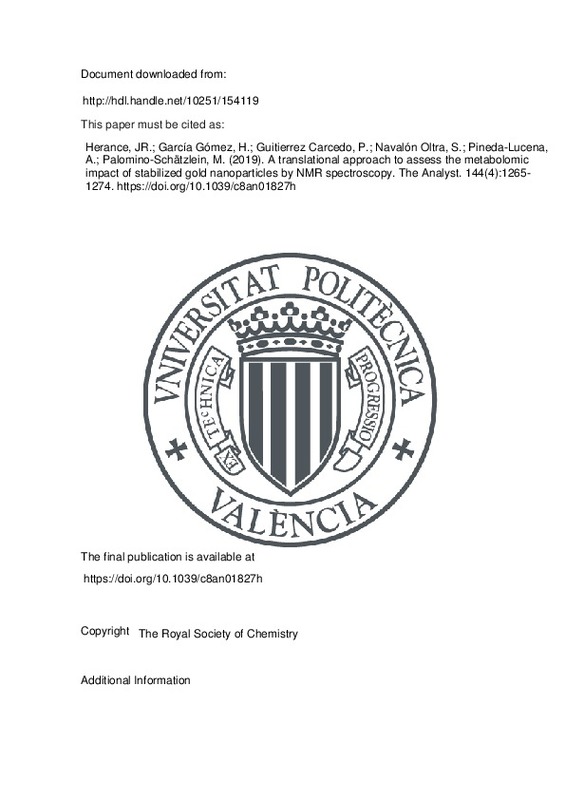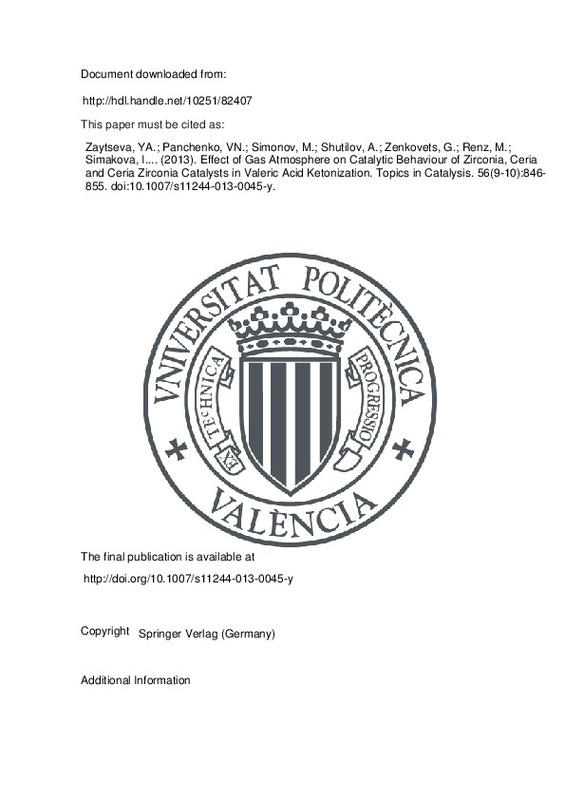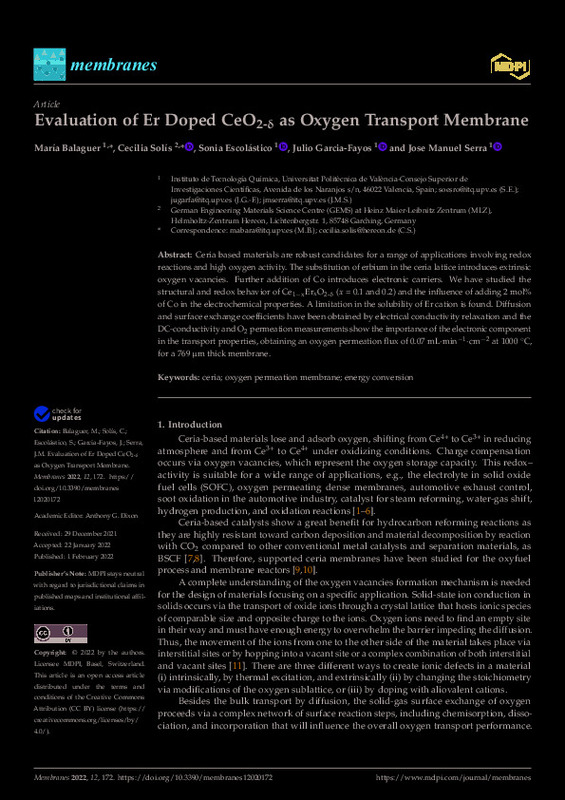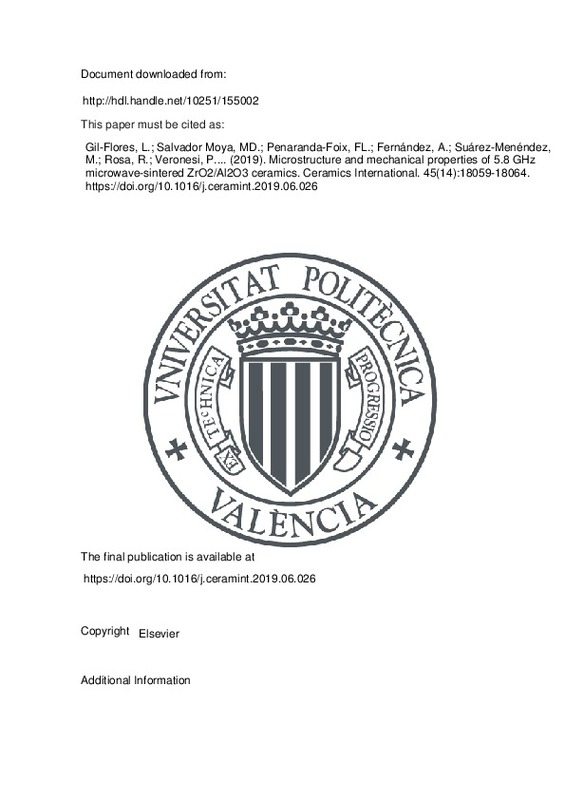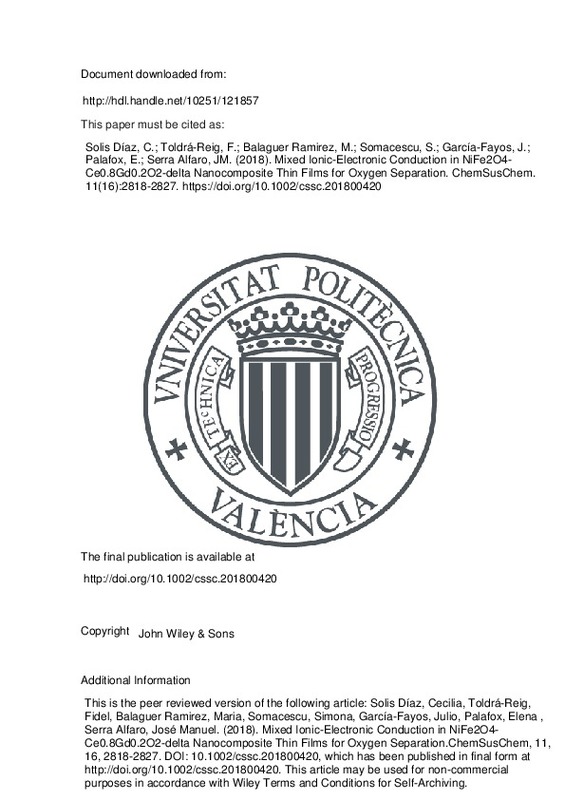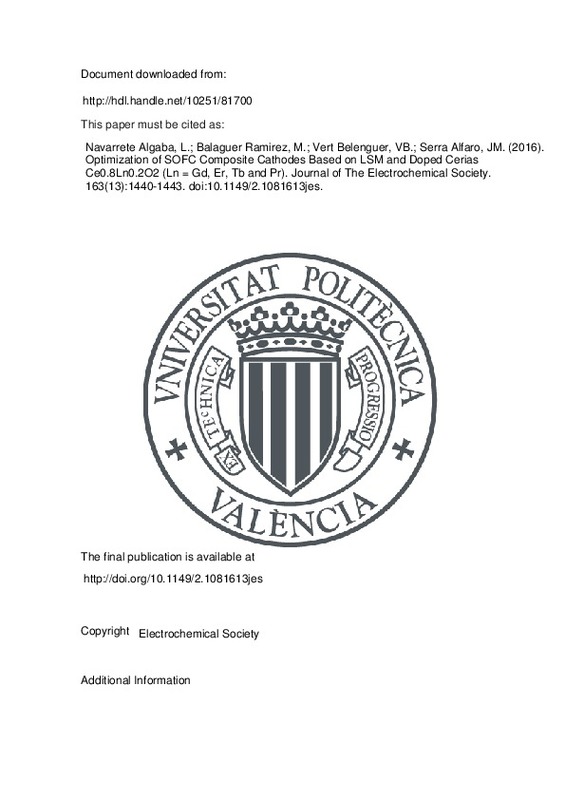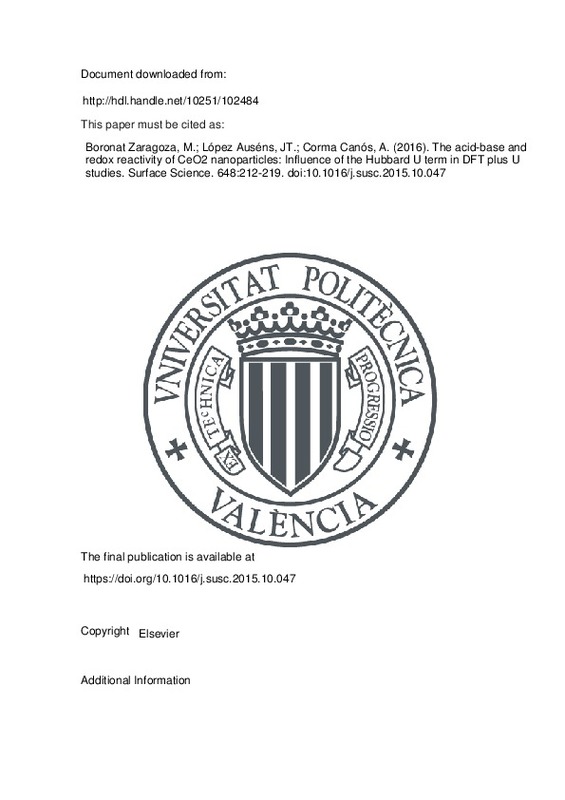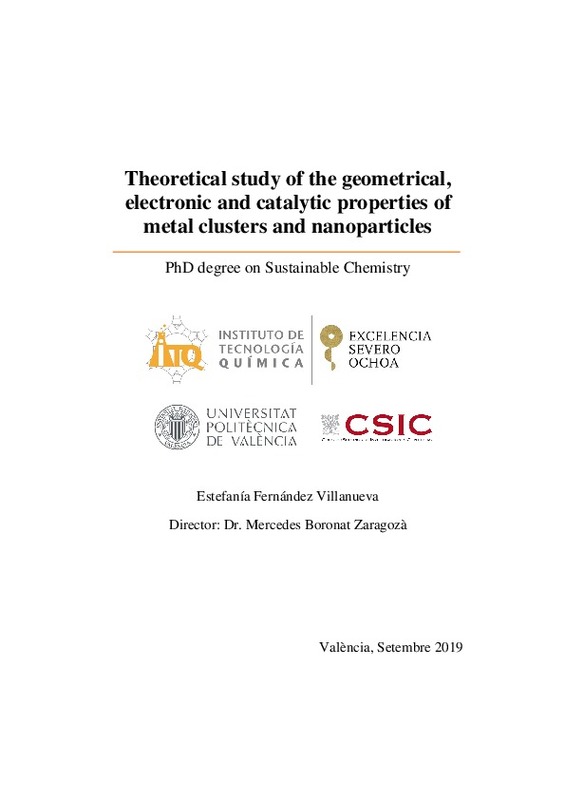

Listar por palabra clave "Ceria"
RiuNet: Repositorio Institucional de la Universidad Politécnica de Valencia
- RiuNet repositorio UPV
- :
- Listar por palabra clave
JavaScript is disabled for your browser. Some features of this site may not work without it.
Buscar en RiuNet
Listar
Mi cuenta
Ayuda RiuNet
Admin. UPV
Listar por palabra clave "Ceria"
Mostrando ítems 1-13 de 13
-
López Auséns, Javier Tirso; Boronat Zaragoza, Mercedes; Concepción Heydorn, Patricia; Chouzier, Sandra; Mastroianni, Sergio; Corma Canós, Avelino (Elsevier, 2016)[EN] A nanoparticulate CeO2 catalyst is presented that is able to oxidize cyclohexane to K/A-oil (a mixture of cyclohexanone and cyclohexanol) using hydroperoxides as oxidizing species. The improvement in selectivity with ...
-
Herance, Jose Raul; García Gómez, Hermenegildo; Guitierrez Carcedo, Patricia; Navalón Oltra, Sergio; Pineda-Lucena, Antonio; Palomino-Schätzlein, M. (The Royal Society of Chemistry, 2019-02-21)[EN] Gold nanoparticles have high potential in the biomedical area, especially in disease diagnosis and treatment. The application of these nanoparticles requires the presence of stabilizers to avoid their agglomeration. ...
-
Zaytseva, Yu. A.; Panchenko, V. N.; Simonov, M. N.; Shutilov, A. A.; Zenkovets, G. A.; Renz, Michael; Simakova, I. L.; Parmon, V. N. (Springer Verlag (Germany), 2013-06)[EN] Ketonization of valeric acid, which can be obtained by lignocellulosic biomass conversion, was carried out in a fixed bed flow reactor over ZrO2, 5-20 % CeO2/ZrO2 and CeO2 both under hydrogen and nitrogen stream at ...
-
Balaguer Ramírez, María; Solis Díaz, Cecilia; Roitsch, Stefan; Serra Alfaro, José Manuel (Royal Society of Chemistry, 2014)10% Praseodymium doped ceria exhibits a combination of mixed ionic and electronic conductivity, redox catalytic properties and chemical compatibility with water and carbon dioxide at high temperatures. Minor additions of ...
-
Balaguer Ramirez, Maria; Solis, Cecilia; Escolástico Rozalén, Sonia; García-Fayos, Julio; Serra Alfaro, José Manuel (MDPI AG, 2022-02)[EN] Ceria based materials are robust candidates for a range of applications involving redox reactions and high oxygen activity. The substitution of erbium in the ceria lattice introduces extrinsic oxygen vacancies. Further ...
-
Menchón, Cristina; Martín González, Roberto; Apostolova, Nadezda; Victor, V. M.; Alvaro Rodríguez, Maria Mercedes; Herance Camacho, Jose Raul; García Gómez, Hermenegildo (Wiley-VCH Verlag, 2012-06-25)Ceria-supported gold nanoparticles are prepared exhibiting peroxidase activity and acting as radical traps. Au/CeO2 shows a remarkable biocompatibility as demonstrated by measuring cellular viability, proliferation, and ...
-
Somacescu, Simona; Osiceanu, Petre; Calderon-Moreno, Jose Maria; Navarrete Algaba, Laura; Serra Alfaro, José Manuel (Elsevier, 2013-08-15)[EN] Mesoporous nanocomposite materials based on Sn1-xCexO2-delta (x = 0.1; 0.2; 0.3) solid solution were synthesized by a hydrothermal synthesis route using CTAB-ionic surfactant-as template, for testing their sensing ...
-
Gil-Flores, Lorena; Salvador Moya, Mª Dolores; Penaranda-Foix, Felipe L.; Fernández, Adolfo; Suárez-Menéndez, Marta; Rosa, Roberto; Veronesi, Paolo; Leonelli, Cristina; Borrell Tomás, María Amparo (Elsevier, 2019-10-01)[EN] Aim of the present study is to sinter zirconia nanocomposite powders doped with ceria and toughened with alumina (10Ce-TZP/Al2O3) by non-conventional means, i.e. microwave sintering technology. The sintering effects ...
-
Solis Díaz, Cecilia; Toldrá-Reig, Fidel; Balaguer Ramirez, Maria; Somacescu, Simona; García-Fayos, Julio; Palafox, Elena; Serra Alfaro, José Manuel (John Wiley & Sons, 2018)[EN] NiFe2O4-Ce0.8Gd0.2O2-delta (NFO/CGO) nanocomposite thin films were prepared by simultaneously radio-frequency (RF) magnetron sputtering of both NFO and CGO targets. The aim is the growth of a CO2-stable composite layer ...
-
Navarrete Algaba, Laura; Balaguer Ramírez, María; Vert Belenguer, Vicente Bernardo; Serra Alfaro, José Manuel (Electrochemical Society, 2016)[EN] Composites made of La0.8Sr0.2MnO3-delta (LSM) and lanthanide doped ceria (Ce(0.8)Ln(0.2)O(2-delta), Ln = Gd, Er, Tb and Pr) have been proposed as robust and high-performing solid oxide fuel cell cathodes. The addition ...
-
Jia, Yueyao (Universitat Politècnica de València, 2024-11-19)[ES] Los combustibles fósiles siguen siendo la principal fuente de energía a nivel mundial. Éstos son recursos no renovables que generan graves problemas medioambientales, principalmente por la emisión de gases de efecto ...
-
Boronat Zaragoza, Mercedes; López Auséns, Javier Tirso; Corma Canós, Avelino (Elsevier, 2016)[EN] The interaction of small molecules with acid-base and redox centers in small Ce21O42 nanoparticles has been theoretically investigated using the DFT + U approach with the PW91 functional and U = 0.2 and 4 eV, in order ...
-
Fernández Villanueva, Estefanía (Universitat Politècnica de València, 2020-01-20)[ES] Dado su tamaño subnanométrico, los clusters metálicos están regidos por el confinamiento cuántico, lo que les hace más "moleculares" y menos "metálicos". En consecuencia, manifiestan propiedades que difieren con ...
Mostrando ítems 1-13 de 13

Universitat Politècnica de València. Unidad de Documentación Científica de la Biblioteca (+34) 96 387 70 85 · RiuNet@bib.upv.es



